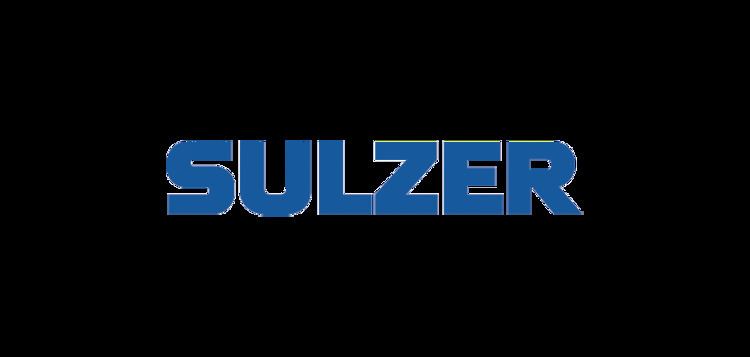Number of employees 15,500 | Website www.sulzer.com Revenue 3.16 billion CHF (2014) | |
 | ||
Key people Greg Poux-Guillaume(CEO)Peter Loescher(Chairman) Stock price SUN (SWX) CHF 106.70 +0.50 (+0.47%)30 Mar, 5:31 PM GMT+2 - Disclaimer CEO Gregoire Poux-Guillaume (1 Dec 2015–) Subsidiaries Eleco Dowding & Mills Limited | ||
Sulzer manufacturer
Sulzer Ltd. is a Swiss industrial engineering and manufacturing firm, founded by Salomon Sulzer-Bernet in 1775 and established as Sulzer Brothers Ltd. (Gebrüder Sulzer) in 1834 in Winterthur, Switzerland. Today it is a publicly traded company with international subsidiaries. The company's shares are listed on the Swiss Stock Exchange.
Contents
Sulzer Brothers helped develop shuttleless weaving, and their core business was loom manufacture. Rudolf Diesel worked for Sulzer in 1879, and in 1893 Sulzer bought certain rights to diesel engines. Sulzer built their first diesel engine in 1898.
Organization
The company is divided in three main divisions:
The Sulzer Ltd shares are registered at the SIX Swiss Exchange.
The following shareholders hold in excess of 3% of the share capital of Sulzer Ltd: Renova-Group 31.2% 10 689 797 shares 2 June 2009 (last notification date)
World War II
Out of political and personal considerations, Sulzer decided to sell its subsidiaries in Germany by the beginning of the war. Sulzer was blacklisted by the Allies during World War II due to an increase in trade with Axis countries. Sulzer refused to sign an agreement to limit the future sale of marine diesel engines to the Axis countries, and was blacklisted by the Allies as a result.
Rail traction
Sulzer developed a series of rail traction engines in the 1930s and 1940s which were used extensively in diesel locomotives in the UK, Europe and South America. A small number were used in locomotives in Africa and Australia. The Sulzer LDA (prefixed by the number of cylinders, and with a suffix related to the cylinder bore) engine was widely used by British Rail and Romanian Railways. Many were built under licence by Vickers-Armstrong at Barrow as six-, eight- and twelve-cylinder form, and in Romania, by Reșița works for Electroputere Craiova. The twelve-cylinder engine was used in the British Rail Class 47, Romanian Railways Class 60/62, Polish Railways Class ST43, China Railways ND2, and several others. The 12LDA28 engine was a double bank engine having, in effect, two six-cylinder engines side by side, rather than a V-type as favoured by many other manufacturers. Sulzer V-type engines for rail use bore the type number LVA (with a 50-degree angle between the banks).
In the late 1970s, locomotive rebuilder Morrison Knudsen installed a series of Sulzer power units into several existing locomotives. The first applications were of the marine based 6ASL25/30 & 8ASL25/30 series used in a Morrison-Knudsen demonstrator and four units for the Southern Pacific. This was merely reworking of an existing design into a new application
Ten 16 ASV25/30 3,600 hp power units were installed into locomotives belonging to the Atchison, Topeka & Santa Fe and the Union Pacific. Teething problems plagued these machines and their operation in revenue earning service was brief. Research into correcting their problems continued but was eventually curtailed by Morrison Knudsen late in 1982. These power units were descendents of the LVA range.
New Sulzer Diesel
In 1990, Sulzer spun off the diesel engine division into a separate company named "New Sulzer Diesel" (NSD) and sold most of the shares in it, retaining only a minority ownership. In 1997, NSD was absorbed by Wärtsilä, creating Wärtsilä NSD. Wärtsilä NSD makes the world's largest diesel engine, the Wärtsilä-Sulzer RTA96-C. They are also one of the few companies that create a camshaftless intelligent diesel main propulsion engine.
